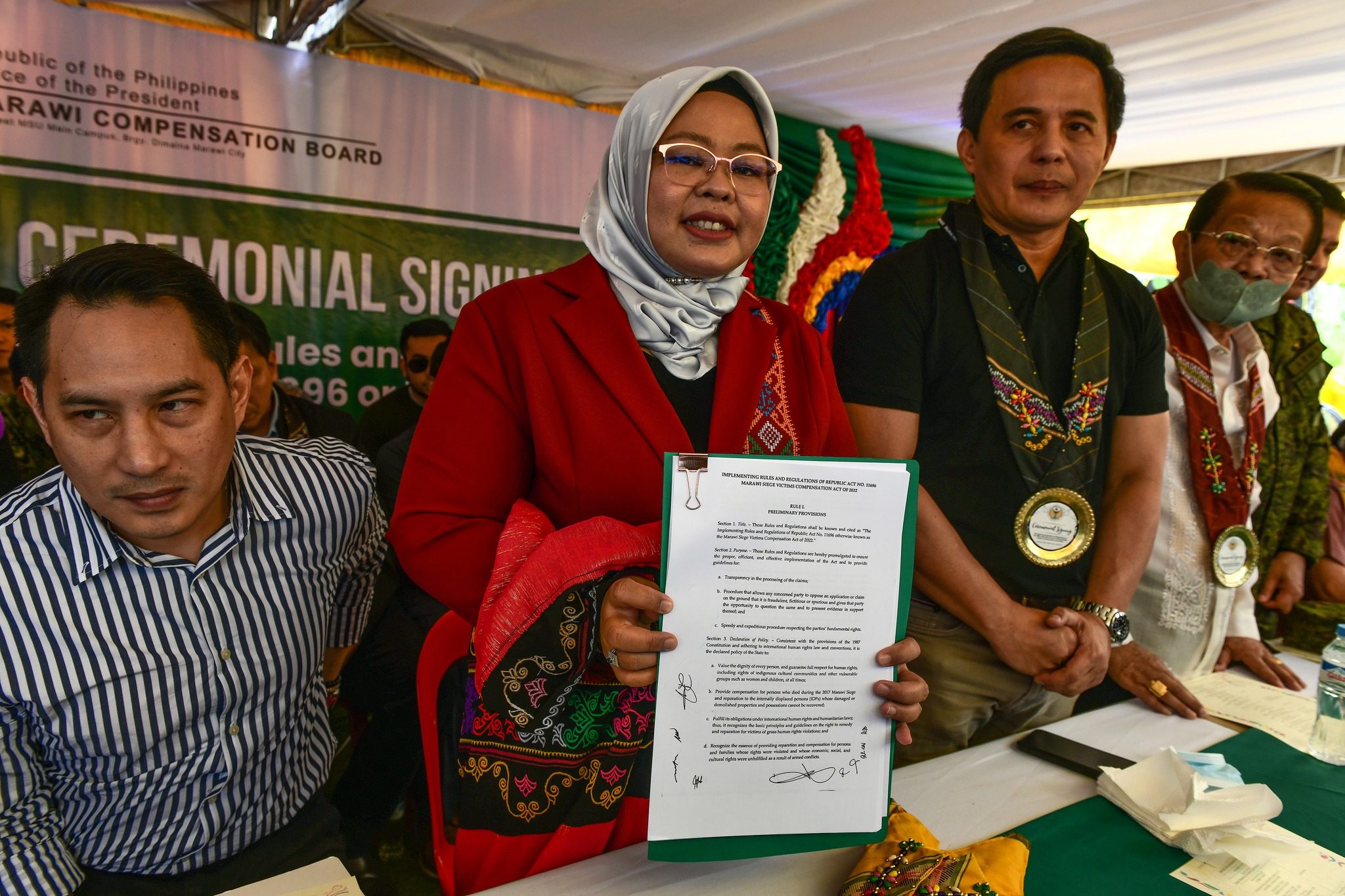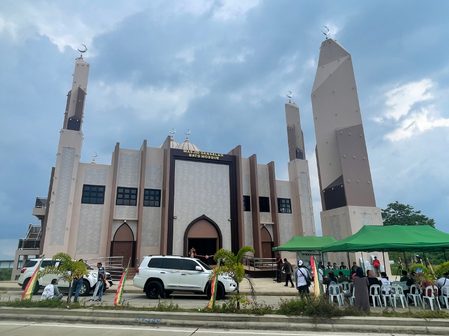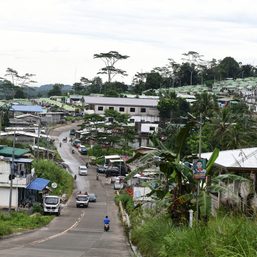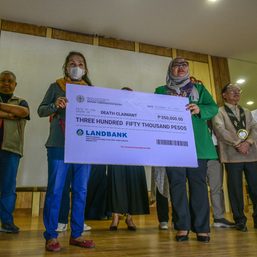SUMMARY
This is AI generated summarization, which may have errors. For context, always refer to the full article.

MARAWI, Philippines – The Marawi Compensation Board (MCB) signed the Implementing Rules and Regulations (IRR) of the Marawi Siege Victims Compensation Act in Marawi City on Tuesday, May 23, marking the implementation of the P1-billion tax-free reparations payment for residents affected by the five-month fighting between government troops and militants in 2017.
Lawyer Maisara Dandamub-Latiph, the MCB chairperson, said the suffering of thousands of residents displaced by the fighting six years ago would soon be over with the signing of the IRR.
Latiph said the official publication of the IRR for transparency would follow as required by law.
“After 15 days, the real work will begin as the board will start evaluating the claims and schedule the payments,” Latiph said.
President Ferdinand Marcos Jr. has tasked the nine-member board to facilitate the tax-free reparations payment for residents who lost properties and lives during the five-month fighting in 2017.
Latiph said the Department of Budget and Management (DBM) has already set aside P1 billion for the reparations.
MCB member Mabandes Diron Jr. said the government would pay P35,000 per square meter for each concrete building that has been destroyed, and P18,000 per square meter payment for wooden houses.
Diron said the board has also been authorized to give a P350,000-compensation package to every family who lost a relative in the crossfires during the Marawi siege.
Another MCB member, Moslemen Macarambon Sr., said the board would be strict in requiring that all claims would be supported by documents.
“If they say their hardware store was burned down, they must present invoices of their stocks. No document means no pay,” Macarambon said.
After waiting for six years, 47-year-old Jaslia Abbas said she was elated by the promise that she would finally be compensated for her house that was destroyed during the five months of fighting between government soldiers and the extremist Maute group in Marawi City.
Abbas, a mother of six children, said she planned to rebuild her home in Barangay Moncado in Marawi City which she left in 2017 to leave the life of a nomad, transferring from one evacuation camp to another.
“I have waited for six years for this. I pray that the money will bring some closure to the pain of uncertainty I have been bearing for all these years,” Abbas said.
Abbas sat near the newly renovated Rizal Park in Marawi City as the MCB members signed the IRR that would roll out the P1-billion tax-free payments.
Lanao del Sur 1st District Representative Zia Alonto Adiong asked the board not to lose sight of its main task of compensating thousands of affected Marawi residents.
“The board should see to it that it is just and it should listen to the people who have suffered so much in the past six years,” Adiong said.
He said many Marawi residents were still in shock after seeing their city razed to the ground during the fighting.
“The bullet-riddled and flattened houses that we see are a constant reminder of the cries of the children who have lived in evacuation camps,” Adiong said.
Drieza Liningding of the Marawi Consensus Group said some 5,000 families were still living in temporary shelters six years after the Marawi siege, and almost all of them were struggling to regain normalcy.
Much of the Marawi siege’s so-called main affected area (MAA), where the militants made their last stand, is still off-limits to residents although the government has constructed new mosques, buildings, and a sprawling sports stadium. – Rappler.com
1 comment
How does this make you feel?













![[Just Saying] SONA 2024: Some disturbing points](https://www.rappler.com/tachyon/2024/07/TL-marcos-sona-points-july-23-2024.jpg?resize=257%2C257&crop=335px%2C0px%2C720px%2C720px)

So, it took six (6) years for the Government to do this? Investigative journalists may at first focus on “Why is it not done at the time of Former President Rodrigo Duterte?” (Warning: Whoever will do this will certainly anger FPRRD.) Secondly, how the P1-billion tax-free reparations payment will be implemented is worth meticulously watching. It is expected that corrupt practices will arise – acts in which only dedicated, competent and fearless investigative journalists like those in Rappler can unravel. (Warning: Whoever will do this will anger PBBM.)